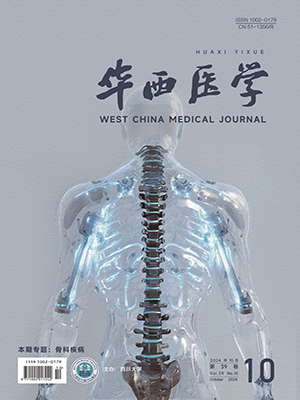目的 通过关键词共现分析和作者共现分析的方式,研究国内外循证医学教育领域的研究热点、学科分支和发展趋势。 方法 通过检索中国学术期刊数据库(CNKI)和Medline数据库,分别收集相关研究文献,并提取关键词词频、作者发文数、核心期刊和核心研究单位,对核心关键词和核心发文作者建立共现矩阵,使用Ucinet绘制可视化网络图。 结果 成功得到核心关键词和核心作者可视化网络。中文可视化网络包括“循证医学”、“护理”、“教育”、“教学”4个方面,英文可视化网络包括“evidence-based medicine”、“nursing”、“education”、“organization amp;
administration”4个方面,国内外该学科发展趋势相似。国内循证医学教育以四川大学为核心,合作网络较大。同时国内核心期刊与国外侧重点不同。 结论 国内循证医学教育研究领域总体发展趋势良好,在医学教育中起着极为重要的作用。
Objective To built visualized networks of evidence-based medical education in and out of China by using co-occurrence analysis of key words and authors. Methods We searched the China National Knowledge Infrastructure (CNKI) database in Chinese and Medline database in English, collecting the related articles, and took out the core key words, core authors and core administrations. Then we built the matrix of key words and authors, and finally finished visualized network by Ucinet. Results We successfully obtained the visualization of this subject. Chinese
network contained four parts: “evidence-based medicine”, “nursing”, “education” and “teaching”; while English network also contained four parts: “evidence-based medicine”, “nursing”, “education”, “organization” and “administration”. In China, Sichuan University located in the center of the network of authors, and also leading in the administrations. The
network of authors in China showed a larger cooperation than overseas. And the core-periodicals had different emphases. Conclusion The evidence-based medical education develops well in China, and plays an important role in the medical education.
Citation: FANG Jie,LI Yifei,CHEN Shiyu,HU Xinyu,SHEN Jiantong. Visualization Studies on Evidence-based Medical Education Based on Co-occurrence Analysis of Words. West China Medical Journal, 2012, 27(1): 76-80. doi: CNKI: 51-1356/R.20120115.1546.019 Copy




